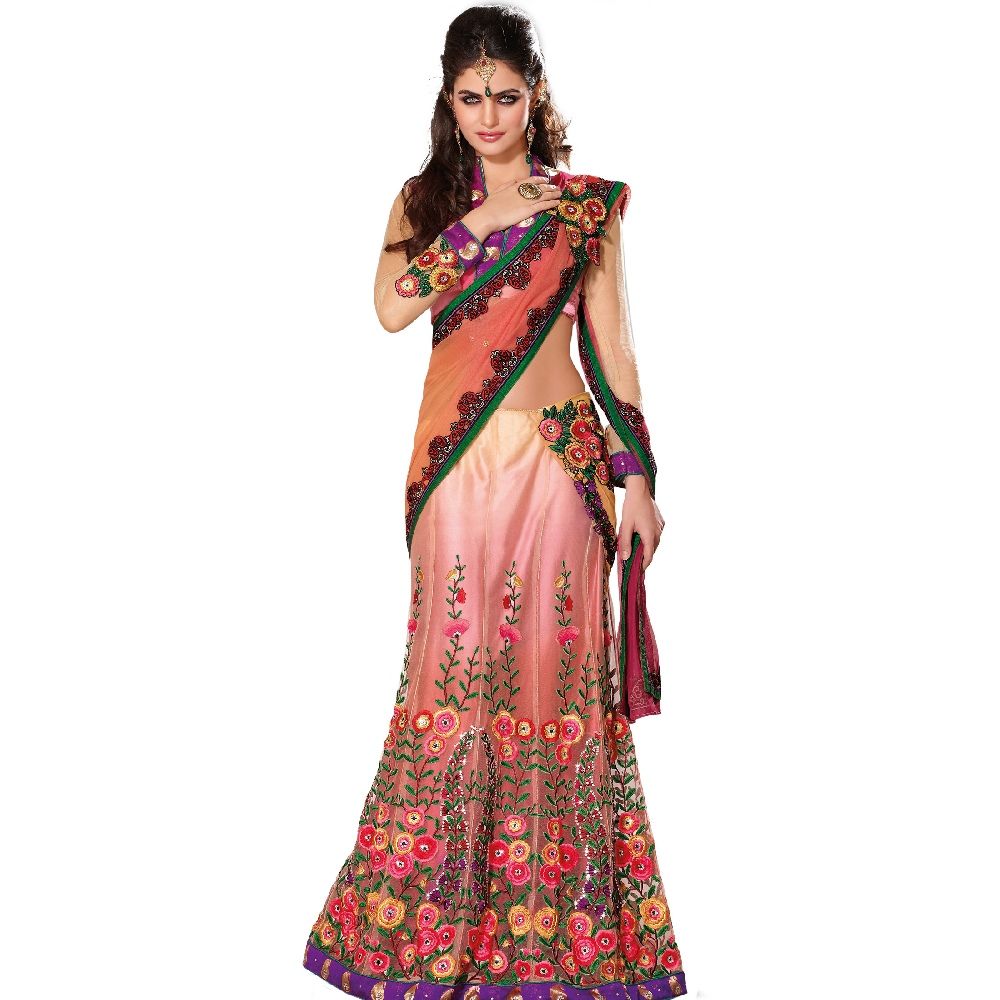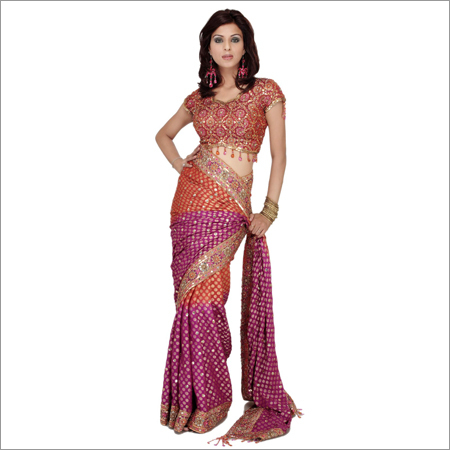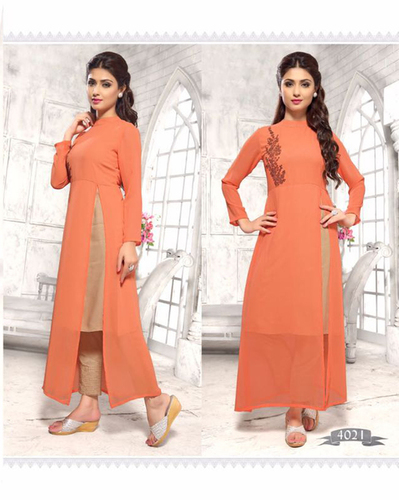Saree Online Biogarphy
Source(google.com.pk)Women of Tamil Nadu wear silk sarees on special occasions. The Brahmin community wear the saree in a slightly different way without wearing the long skirt. The length of the saree which they wear is longer (nine yards) than the usual one. It is wound separately on both legs in a proper way without restricting the person’s free movement.
Kanchipuram in Tamil Nadu and Mysore in Karnataka are famous for their unique silk and cotton sarees.
Andhra Pradesh is famous for its cotton sarees which is designed with jerry and thread. The sarees woven at Venkatagiri and Pochhampalli in Andhra are famous. Cotton sarees of Bengal is ideal as a summer wear.
In Kerala, women wear their traditional two piece cloth called mundu and neriyathu. The ‘mundu’ (one piece) is draped on the lower part of the body. The second piece; ‘neriyathu’ is worn on top, over a blouse in the same way as the sarees. This mundu also called ‘Settu Mundu’ is the traditional attire. The mundu was worn in a different way by the women of the royal families.
Sarees are worn in different ways in many places,especially in Gujarat, Manipur, Maharashtra and Coorg (Karnataka).
Saris are woven with one plain end (the end that is concealed inside the wrap), two long decorative borders running the length of the sari, and a one to three foot section at the other end which continues and elaborates the length-wise decoration. This end is called the pallu; it is the part thrown over the shoulder in the nivi style of draping.
In past times, saris were woven of silk or cotton. The rich could afford finely-woven, diaphanous silk saris that, according to folklore, could be passed through a finger ring. The poor wore coarsely woven cotton saris. All saris were handwoven and represented a considerable investment of time or money.
Simple hand-woven villagers’ saris are often decorated with checks or stripes woven into the cloth. Inexpensive saris were also decorated with block printingusing carved wooden blocks and vegetable dyes, or tie-dyeing, known in India as bhandani work.
More expensive saris had elaborate geometric, floral, or figurative ornaments or brocades created on the loom, as part of the fabric. Sometimes warp and weft threads were tie-dyed and then woven, creating ikat patterns. Sometimes threads of different colors were woven into the base fabric in patterns; an ornamented border, an elaborate pallu, and often, small repeated accents in the cloth itself. These accents are called buttis or bhuttis (spellings vary). For fancy saris, these patterns could be woven with gold or silver thread, which is called zari work.
Saree Online Wallpaper Photos Pictures Pics Images 2013

Saree Online Wallpaper Photos Pictures Pics Images 2013

Saree Online Wallpaper Photos Pictures Pics Images 2013

Saree Online Wallpaper Photos Pictures Pics Images 2013

Saree Online Wallpaper Photos Pictures Pics Images 2013

Saree Online Wallpaper Photos Pictures Pics Images 2013

Saree Online Wallpaper Photos Pictures Pics Images 2013

Saree Online Wallpaper Photos Pictures Pics Images 2013

Saree Online Wallpaper Photos Pictures Pics Images 2013

Saree Online Wallpaper Photos Pictures Pics Images 2013

Saree Online Wallpaper Photos Pictures Pics Images 2013
No comments:
Post a Comment